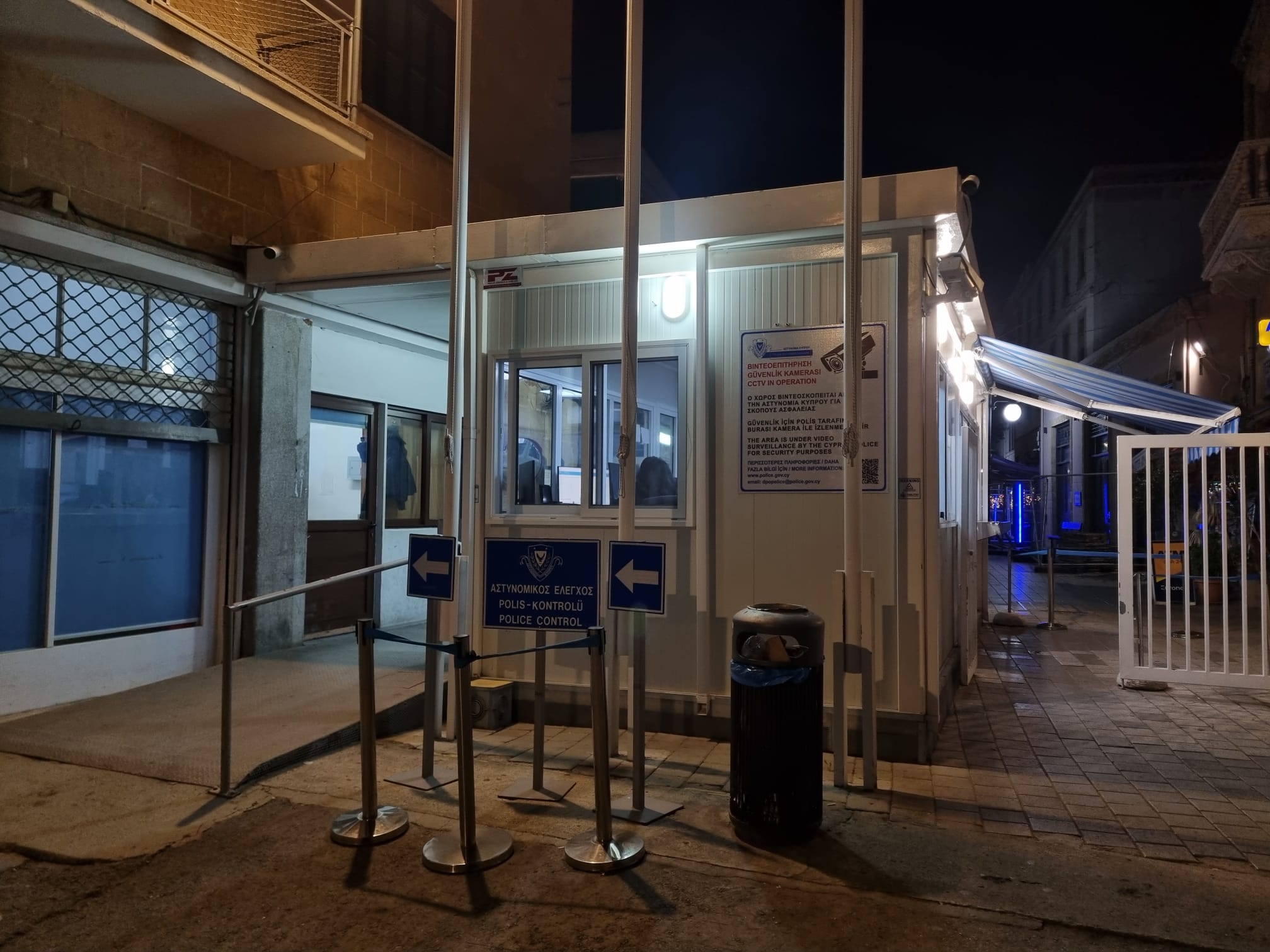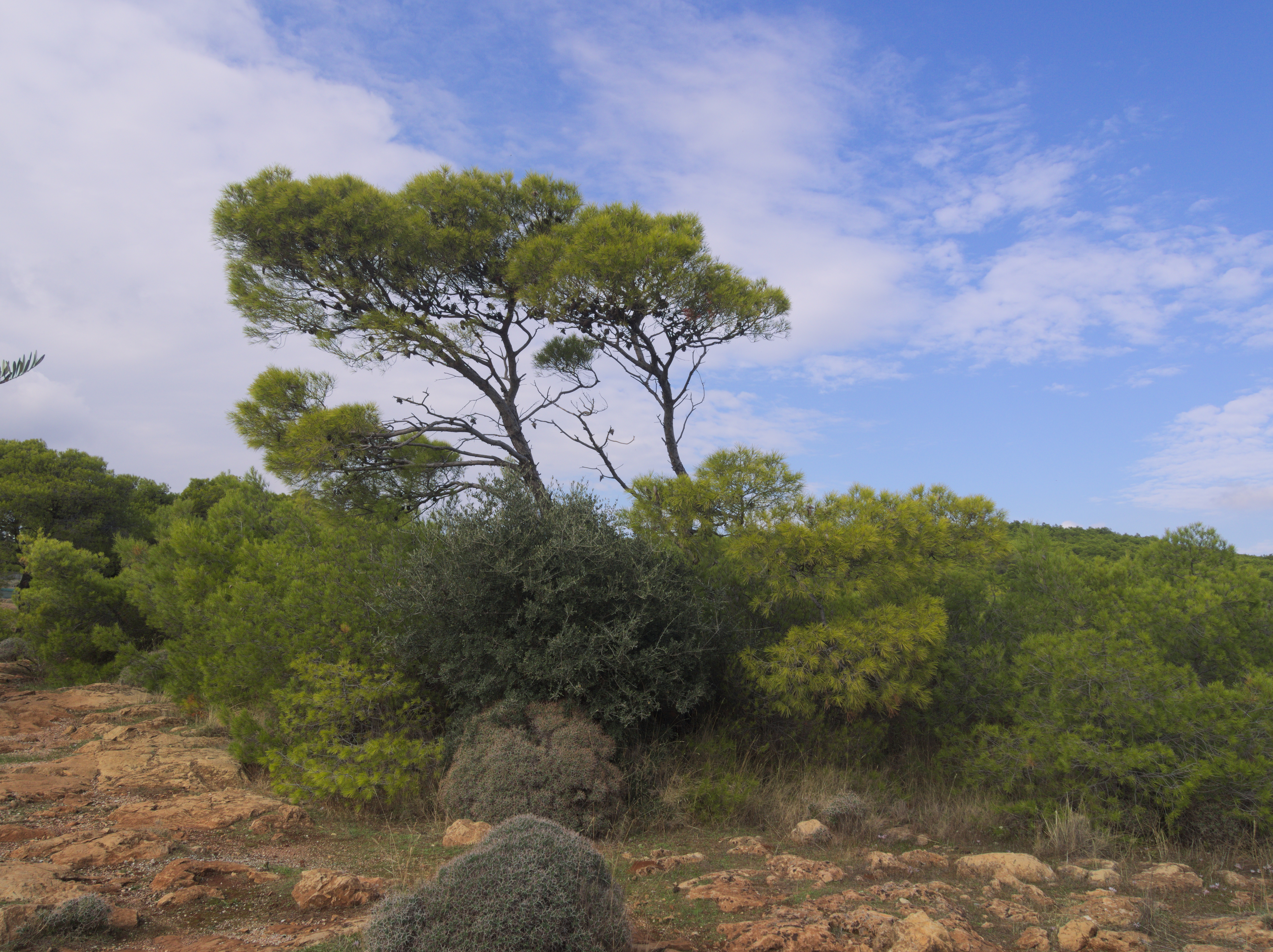Cyprus’ housing market continued to cool in the fourth quarter of 2024, with Paphos recording the strongest price growth while Nicosia posted the weakest performance, a marginal annual decline, according to the latest data from the Central Bank of Cyprus (CBC).
The general House Price Index (HPI), compiled by the CBC in cooperation with the member banks of the banks association, showed signs of a slowdown, largely driven by persistently high construction costs and elevated borrowing rates.
Quarterly figures revealed that housing prices rose by just 0.4 per cent in Q4, down from 0.9 per cent in Q3.
The slowdown was more pronounced in the apartment segment, where prices rose only 0.1 per cent compared to 0.5 per cent for houses.
On an annual basis, house prices grew by 4.5 per cent in Q4, easing from 6.5 per cent in the previous quarter.
Apartment prices registered an annual rise of 5.5 per cent, while house prices climbed 4.6 per cent.
The CBC, in its quarterly real estate bulletin, noted that “inhibiting factors for the expansion of activity in the real estate sector are the cost of construction materials, which continues to fluctuate at high levels, as well as the cost of borrowing, which during the period under review continues to be relatively higher compared to the previous five years.”
It also pointed to a broader trend of deceleration in the property market, as indicated by both the slowdown in sales activity and the rising number of properties available for sale or rent.
According to the European Commission’s Economic Surveys for December 2024, expectations for property price increases over the next three months remained subdued.
Meanwhile, among the districts, Paphos stood out with a sharp acceleration in housing price growth, posting a 13.4 per cent annual increase, the highest in the country.
In contrast, Nicosia saw a decline of 0.4 per cent, marking the only negative performance countrywide.
Limassol and Famagusta also recorded slowing annual growth rates of 5.1 per cent and 7.8 per cent respectively, while Larnaca remained steady at 6.1 per cent.
For apartments, all districts saw slower annual growth compared to previous quarters, though Famagusta and Paphos still posted double-digit increases, 14.2 per cent and 12.1 per cent respectively.
Larnaca followed with 8.7 per cent, while Limassol and Nicosia trailed behind at 5.5 per cent and 2.6 per cent.







Click here to change your cookie preferences